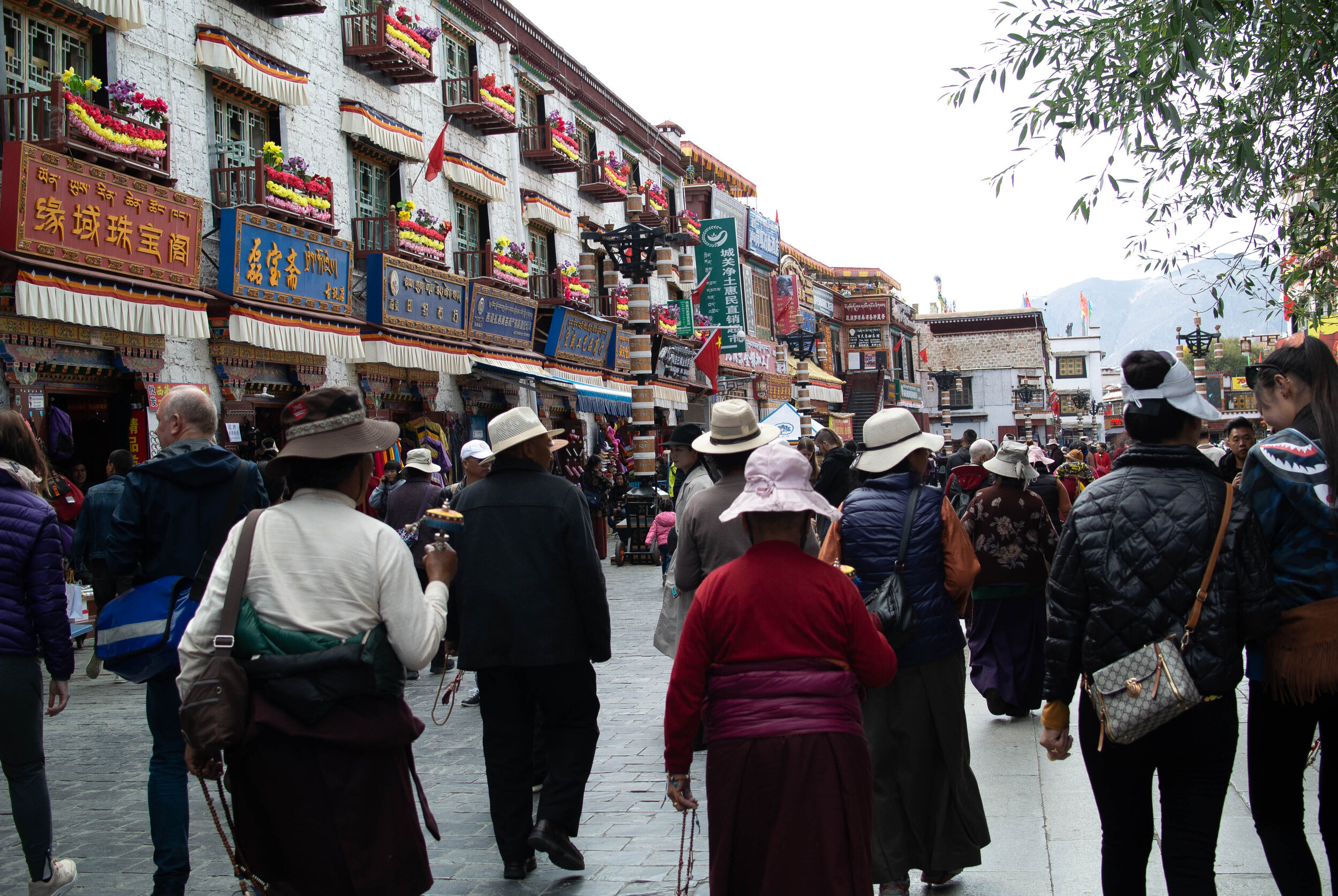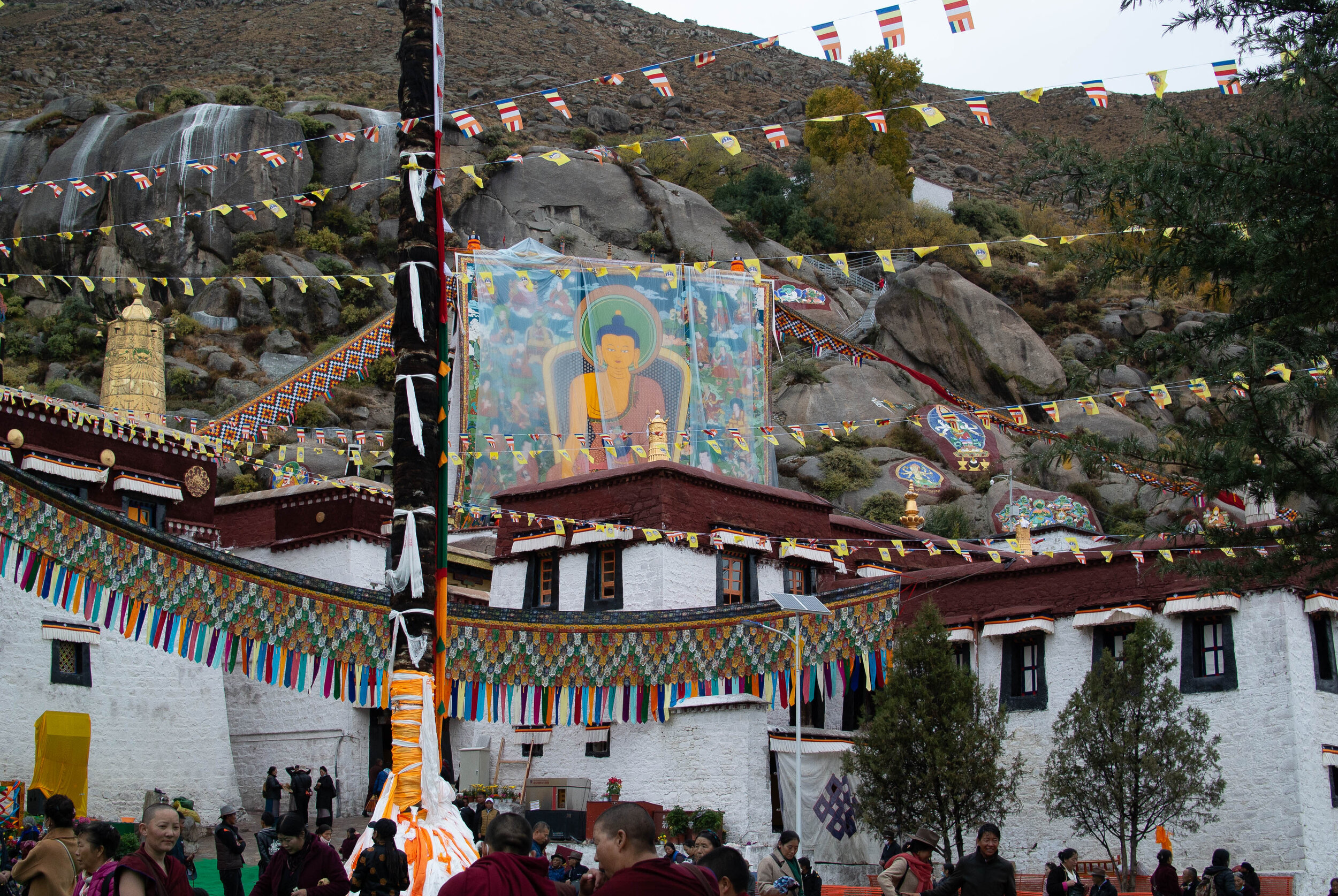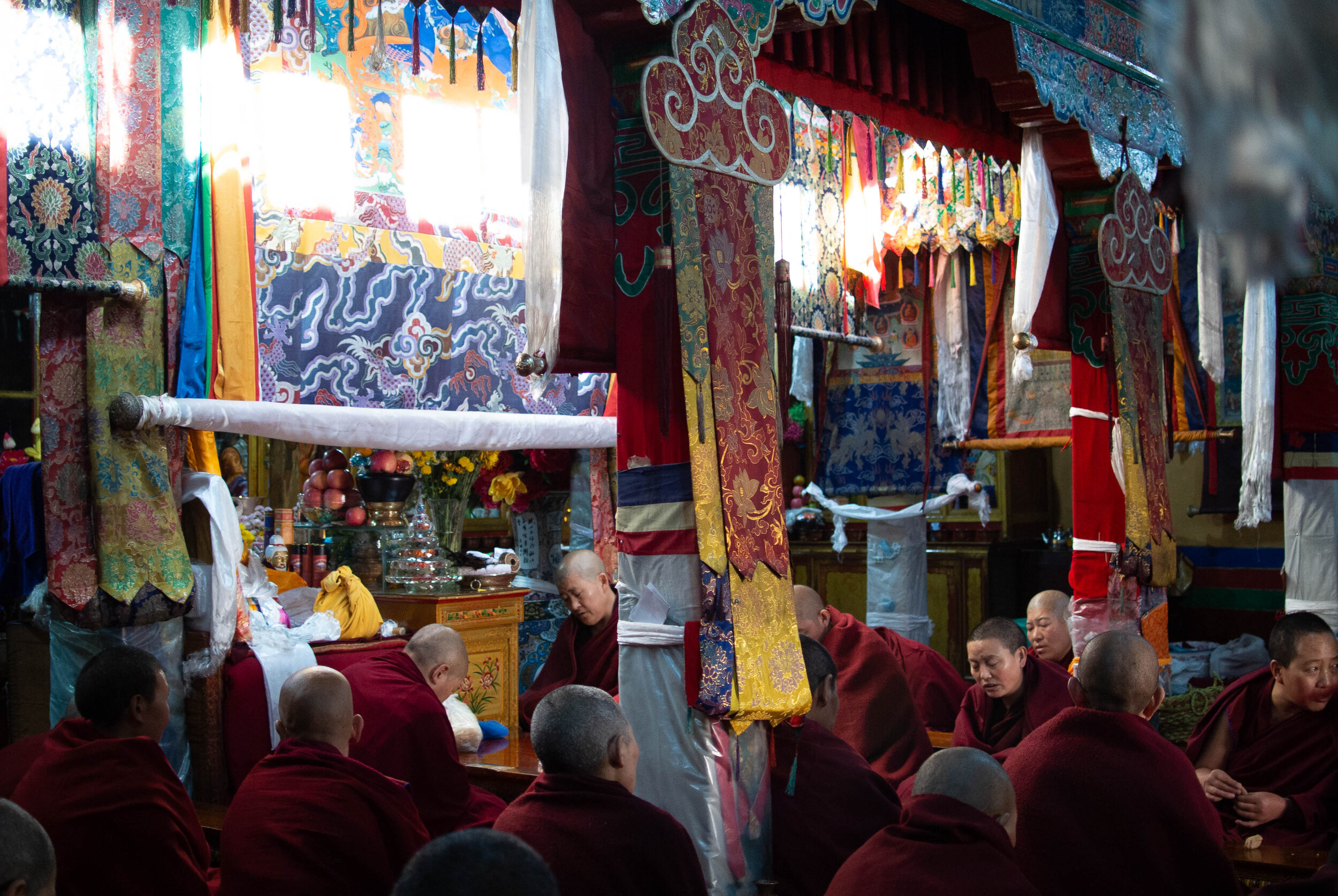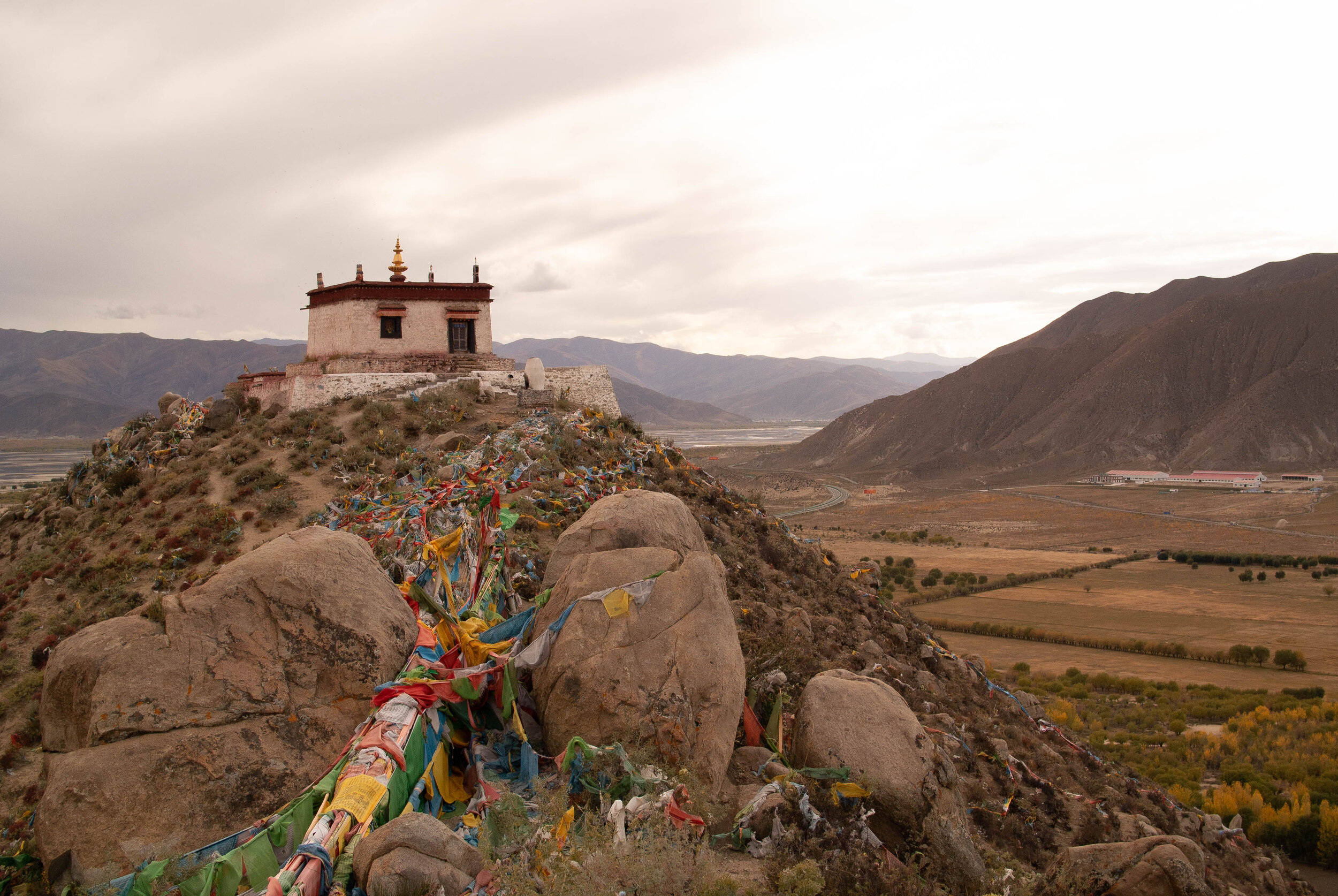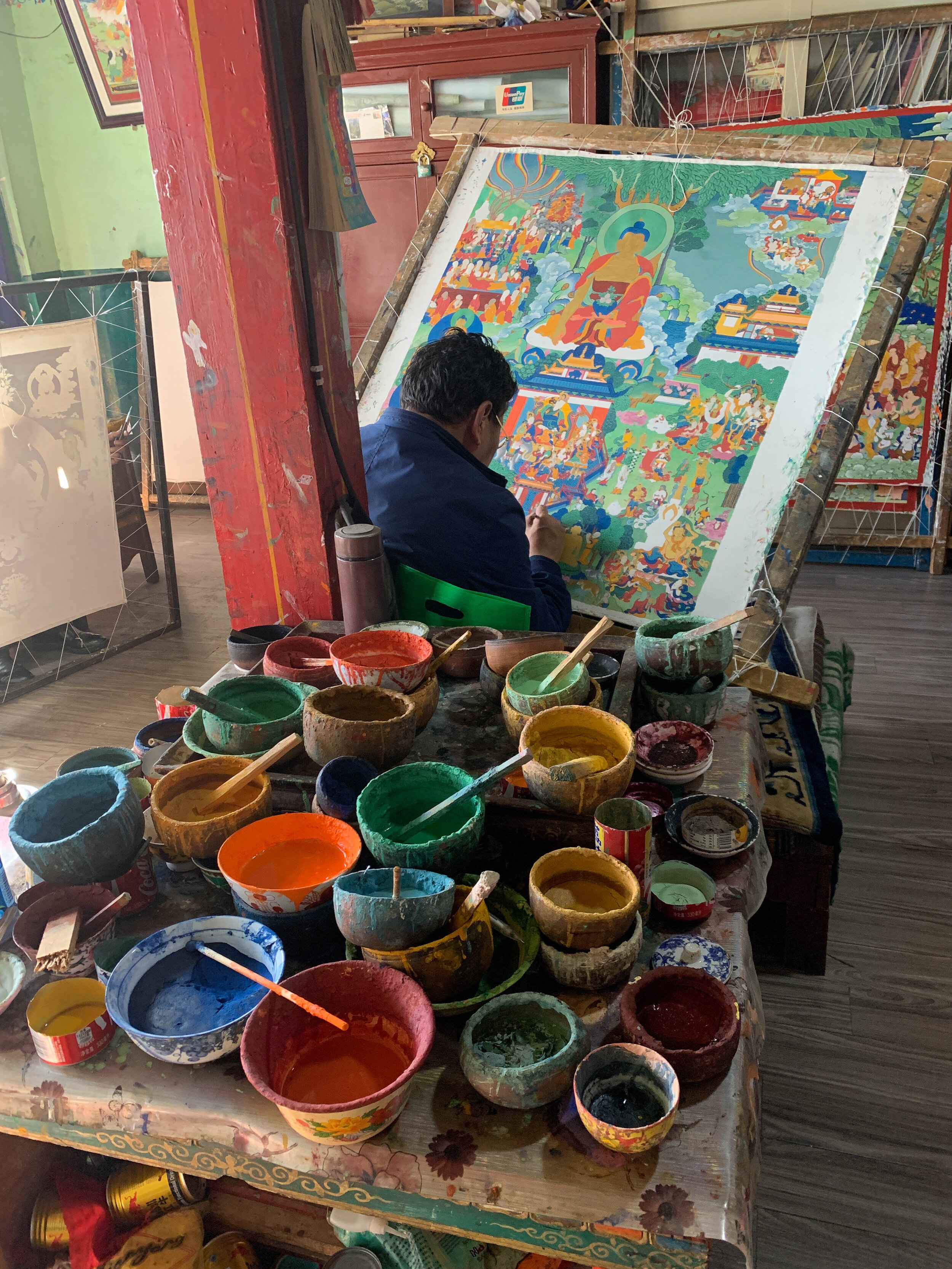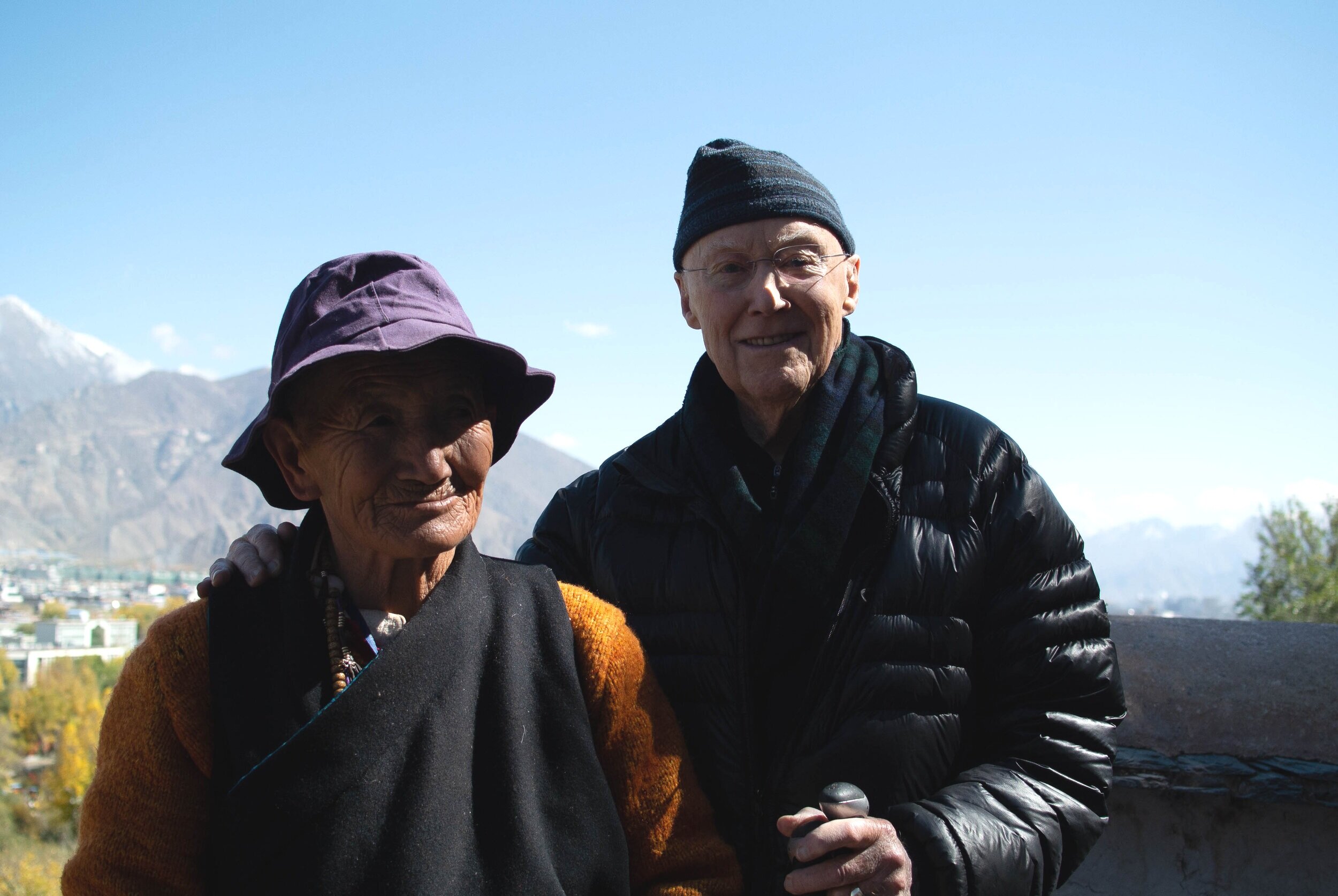Fire is sacred. Fire burns. Fire transforms.
The poet, Rumi, says:
Love is the fire and we are the wood.
Blase, my partner, adds:
And therein lies our freedom.
On Wednesday our fire blazed. Our household quintet, Blase, my partner, Ariel, my daughter, Ethan, her boyfriend, and Holly our housemate gathered, and burned heaps of apple prunings.
The prunings fall from the orchard trees in February. They’re lopped, snipped, and sawn off the trees over two weeks. We prune to vitalize the trees, direct their shape, remove dead and diseased wood, and most importantly, to let in light. We open up windows for sunlight to penetrate the tree, making sure all branches have a sky view. When one them doesn’t get enough light, they start to shrivel, even more shaded, become smaller, until they die back.
The pruned apple branches winter on the ground under the trees, providing healthy food for voles and mice who chew the bark. Then, when the snow is gone, and the small creatures have plenty of other foodstuff, we collect all the prunings and burn them. Fire blight, a bacterial infection is dormant in winter, and hides in the branches. Burning all the pruned wood help keep fire blight out of the orchard.
Holly and I gathered the tools, throwing them in the back of Blase’s old pickup truck—rakes, a shovel, a box of newspaper, kindling, matches, a portable gas water pump, and long hose. We also grabbed the canister of kerosene. Ariel and Ethan hopped into the bed of the truck.
Around this mountain of prunings we made small fires with newspaper and kindling. We had a Christmas tree dropped off by a friend. Ariel jammed it into the pile above my small fire. It took. Whoomm! Whoosh!
Ethan and Ariel lighting the fire.
The flames licked through the tree, disappearing the needles and small branches. Then there was quiet. We tried to whisper our small fires into blaze until Blase arrived. He took the container of kerosene and started pouring throughout. With his blazing instincts, the fire caught.
The apple wood is green so you need a hot fire to really get them to take. But they did and the fire burned. More wood caught, whirring and snapping, and the flames grew. Menorahs of little flames on sticks, candles on an altar, a pyre. Fire warming our hearts.
With the forks attached to the bucket of the tractor, I rumbled along the apple rows. Our bonfire contained only a small portion of the orchard prunings. Holly had piled the rest at the end of each row. I teased the forks under a pile at the far end of the orchard, lifted, and scooped, held the massive tangle high up in the air and drove back to the fire. Blase and Ethan were tending with pitchforks. Putting the tractor in low gear, I pulled as close to the flames as I dared. With the bucket held high, Blase signaled, and the bucket dumped. Flames leapt, Blase and Ethan teased out the caught stragglers, and I reversed, to circle back to the next row for another pile pick up.
Meanwhile Holly and Ariel gathered blueberry prunings and white pine branches from across the road in the berry patch. We had little traffic jams on the cart road, but everyone has more patience these days: we’re in no hurry, we’re just here.
In only a few hours, we managed to burn what we needed to. As the fire ebbed, we listened to the last cracklings, and stared into the black sea of charred wood. Some embers transformed into white ash. With the breath of wind, snowflakes rose and fell.
In the final lines in Archibald MacLeish’s play, JB, his retelling of the story of Job, Sarah says to her husband,
Then blow on the coal of the heart, my darling,
It’s all the light now.
Blow on the coal of the heart.
The candles in the churches are out.
The lights have gone out of the sky.
Blow on the coal of the heart
And we’ll see by and by . . .
Strength, even in darkest times, can be found in a whisper. The dark and the light, the suffering and joy, have always been and will always be the human condition. We can choose to kindle the fires, to breathe love through it all. The photo below is from a women’s Full Moon Fire we had on March 7, 2020. It’s hard to believe our world has changed so much in less than a month. When we can be physically close to each other again, we will celebrate with a great bonfire. You are all invited!










